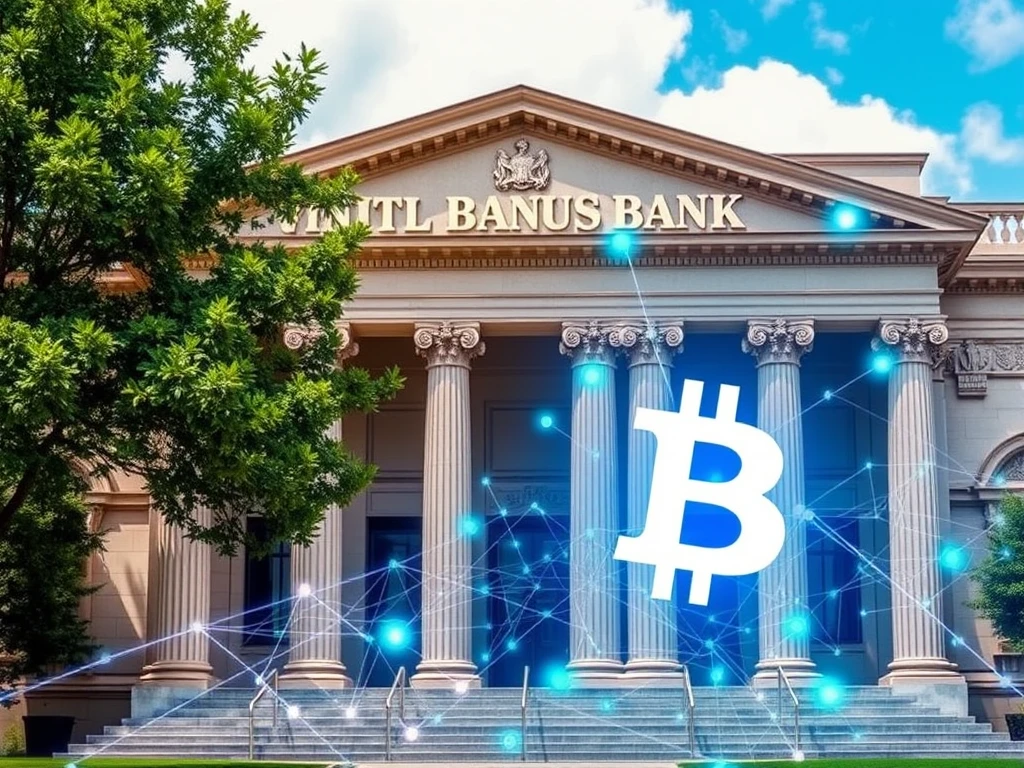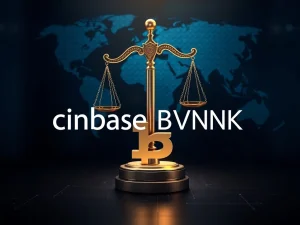Potential: Santander Eyes Stablecoin and Retail Crypto Services Expansion

Big news from the traditional finance world! Santander, a major global banking institution, is reportedly looking into expanding its footprint in the digital asset space. This potential move involves exploring both the issuance of its own stablecoin and offering crypto services directly to retail clients. For anyone following the cryptocurrency market, this signifies a growing acceptance and potential integration of digital assets into mainstream banking.
Santander Considers Stablecoin Issuance
According to recent reports, Santander is in the early stages of exploring the launch of its own stablecoin. These digital tokens would reportedly be pegged to major fiat currencies, specifically the US dollar and the euro. This development aligns with a broader trend among large banking institutions. Many are now considering issuing their own private stablecoins, a shift influenced in part by evolving regulatory perspectives.
Why are banks interested in stablecoins? Proponents argue they offer several benefits:
- **Extending Fiat Dominance:** Stablecoins pegged to currencies like the USD or EUR can help maintain their relevance in the digital age.
- **Increasing Capital Velocity:** They can potentially speed up payment systems.
- **Financial Inclusion:** They could help bring ‘unbanked’ populations into the financial system.
- **Global Market Access:** Small businesses might gain easier access to global capital markets.
Expanding Retail Crypto Services
Beyond stablecoins, Santander is also reportedly considering offering direct crypto services to its retail customers. While details are scarce, this could potentially involve allowing customers to buy, sell, or hold cryptocurrencies through their existing banking platforms. This move would make accessing digital assets much easier for everyday users, potentially driving significant retail crypto adoption.
The interest from banks like Santander, JPMorgan, Bank of America, Citigroup, and Wells Fargo in stablecoins and other crypto services comes during a period of changing regulatory attitudes, particularly in the United States. A more positive stance from regulators can pave the way for traditional financial institutions to explore and enter the crypto market with greater confidence.
Banking Industry Divided on Stablecoins
Despite the growing interest from some large players, the banking industry remains divided on the widespread adoption of stablecoins. Some banking lobbyists and their allies have expressed concerns and even worked to oppose stablecoin legislation. Their primary fears center on the potential for digital fiat tokens to erode traditional banking profits and take market share from legacy financial systems.
A significant point of contention is the concept of yield-bearing stablecoins. These are stablecoins that could offer interest or rewards to holders. Critics within the banking sector argue that this directly competes with traditional low-to-no-interest deposit accounts, which are crucial for banks’ fractional reserve model and their ability to issue loans to households and small businesses. As one US Senator put it, if stablecoin issuers can offer interest, there’s less incentive for people to keep their money in a local bank.
Experts like NYU professor Austin Campbell highlight that offering yield on stablecoins disrupts the core retail banking model. Campbell has been critical of efforts to restrict yield-bearing stablecoins, suggesting such regulations primarily benefit bank executives and wealthy individuals, not average consumers.
The Future of Banking and Crypto Services
Santander’s exploration into stablecoins and retail crypto services is a clear indicator of the ongoing convergence between traditional finance and the digital asset world. While challenges and debates, particularly around regulation and the impact on existing banking models, persist, the potential for increased crypto services accessibility and the development of bank-issued stablecoins seems to be gaining momentum. How this unfolds will likely shape the future landscape of both banking and the broader cryptocurrency ecosystem.







